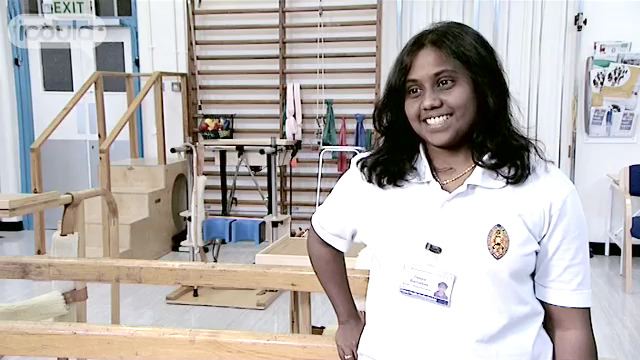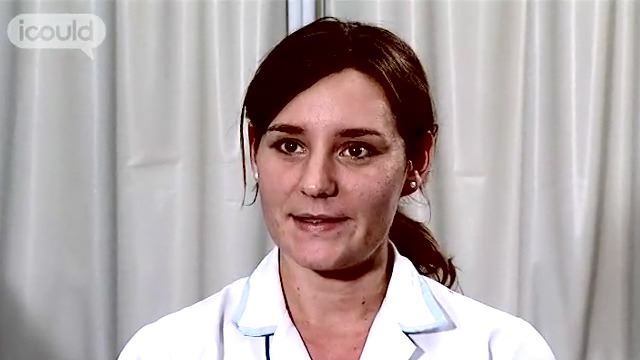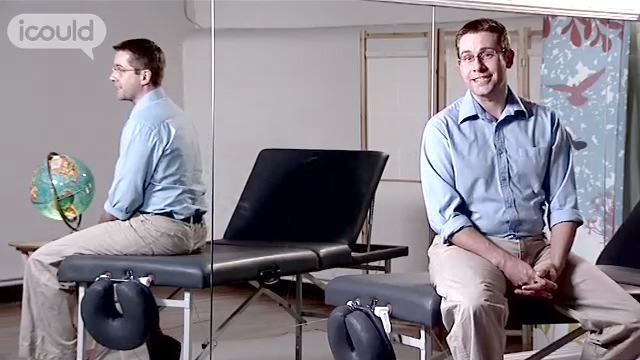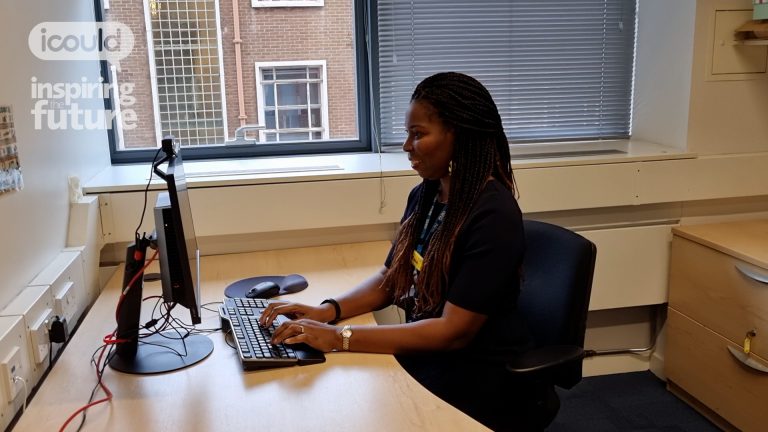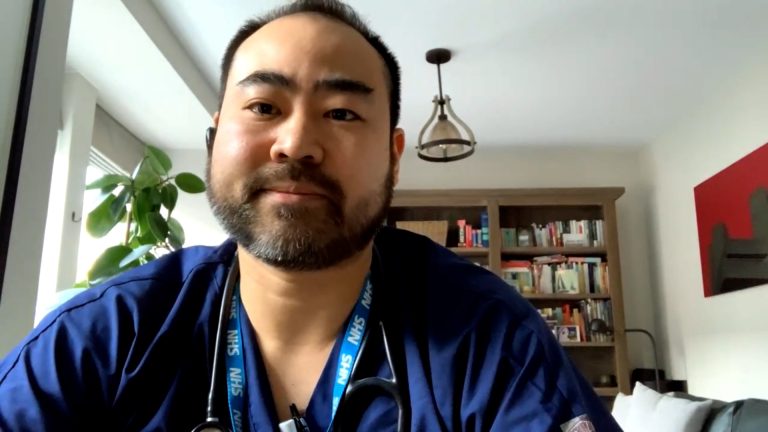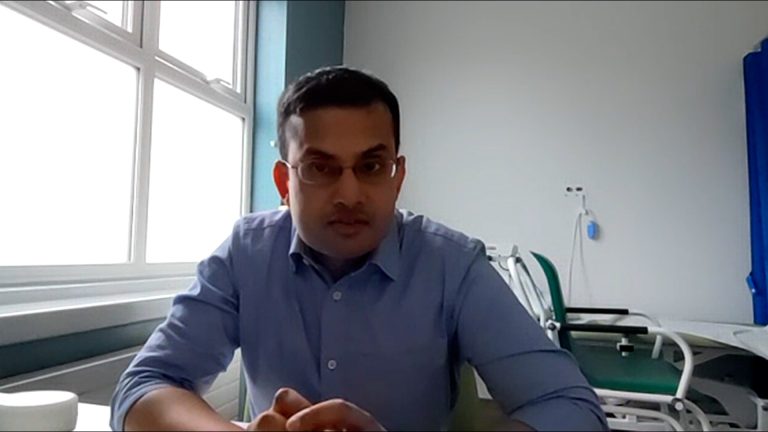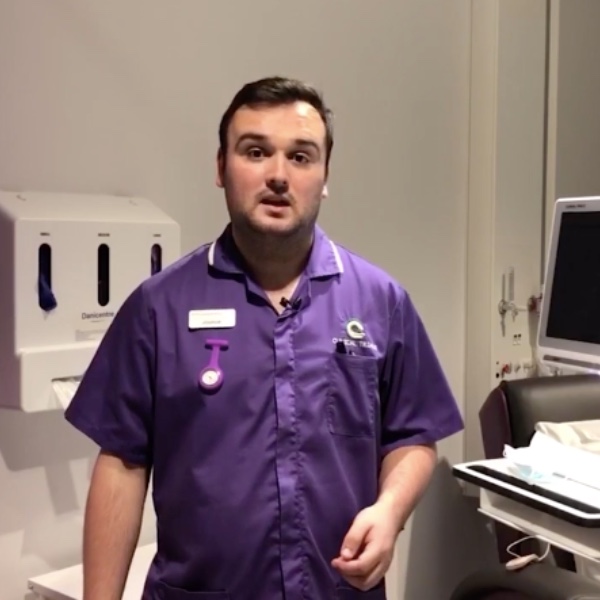Chiropractor
Millers Yard
Kristian E
00:00:03 My name’s Kristian, and I’m a Chiropractor, and I’m currently working in York. Really what we tend to do is really try and optimise the function of the nervous system, which tends to control the whole body. And typically what we tend to treat would be things like aches and pains, or neck pain, back pain, you know, pretty much any type of joint pain – that’s kind of the typical stuff. We can often treat and work with people who have no aches and pains, but basically just want to stay injury free. So a lot of Chiropractors can tend to work with sports teams, and athletes, and so forth, to try and just get them to perform to their best ability.
00:00:44 I think I was about 14 when I sort of figured out what I wanted to do, yeah, and it was basically visiting some friends over in America, and he actually turned out to be a Chiropractor. And at the time I had a bit of an upset stomach, and this guy basically put me on this couch, and ended up sort of adjusting my spine, and my stomach kind of cleared up within a couple of hours. And round about that time I’d been thinking about, you know, sort of maybe going into medicine – I always knew I wanted to do something in the medical field. But medicine didn’t really quite sit quite right with me. I kind of thought there was a bit more to just waiting for things to go wrong and then try and fix them,
00:01:19 I kind of wanted to maybe look at the body as a – a bigger picture if you like, to really try and get to the cause of problems, rather than just fixing, you know, the symptoms. And that’s pretty much what chiropractic does. Ultimately it’s about the body being able to heal itself, but sometimes things get in the way, and pretty much the chiropractic approach is to look at the person as a whole, and try and figure out what’s in the way of the healing potential and remove it so – and that really appealed to me.
00:01:49 After I finished my A-Levels, I could have actually gone straight to the Chiropractic College, which at the time was five years’ worth of full-time study so – but what I actually decided to do was go to University first, and actually get a – I got a degree in Human Biology at Leeds. I kind of figured the three years would give me an opportunity to make sure that I wanted to do the chiropractic and, you know, if I decided that it wasn’t for me, then at least I had a degree behind me that I could then take elsewhere. I suppose the only downside with it I guess was that I was about – well what was I? About 25 or 26 when I really started working, you know, so I had sort of in total a good eight years’ worth of studying, and I was quite – quite late in making money, I suppose. But, you know, it was worth it, I think, so yeah.
00:02:39 I’ve learnt an awful lot from working with a lot of different types of people from all walks of life, and I keep getting amazed really how, you know, when you meet an individual – sometimes I suppose you do tend to form a sort of preconceived idea about someone. But when you actually get to know them a little bit down the line, you know, people can surprise you quite a lot. And most of the time, in a good way. The way I like to work, and I’ve found myself working is, you have to deal with the clinical side of things, of course, you know, you have to address why people are in your office in the first place, but on the other side as well, you know, the more you get to know someone, and the more you work with them, I think the more they come to trust you and at that point, you know, you can end up having quite a good laugh with people. And I always try and take it down that route as best as I can, because it’s a lot more fun for me as well.
00:03:27 I would like to try and bring the chiropractic message as far as the wellness side of things, as far as the bigger picture of chiropractic, which isn’t just about aches and pains, it’s much more about – try and actually get a person to function as best as they can. And I think that’s a message that’s sometimes missed a little bit. We do tend to get labelled a lot as the lower back pain guys, and so forth. And I think if I could do anything, I would like to try and get the bigger picture of chiropractic known better than it is today, yeah.
00:03:59 ENDS
Kristian E is a Chiropractor, he says “typically what we tend to treat would be things like aches and pains… So a lot of Chiropractors can tend to work with sports teams, and athletes.” He says that after A levels “I could have actually gone straight to the Chiropractic College… but decided to do was go to University first.” He studied Human Biology. Becoming a Chiropractor took another 5 years.
More information about Physiotherapists
The UK average salary is £29,813
There are 37.5 hours in the average working week
The UK workforce is 47% female and 53% male
Future employment
- Examines medical reports and assesses patient to determine the condition of muscles, nerves or joints in need of treatment
- Writes up patients’ case notes and reports, maintains their records and manages caseload
- Plans and undertakes therapy to improve circulation, restore joint mobility, strengthen muscles and reduce pain
- Explains treatment to and instructs patient in posture and other exercises and adapts treatment as necessary
- Offers advice and education on how to avoid injury and promote patient’s future health and well-being
- Supervises physiotherapy assistants
- Monitors patient’s progress and liaises with others concerned with the treatment and rehabilitation of patient, and refers patients requiring other specific medical attention
